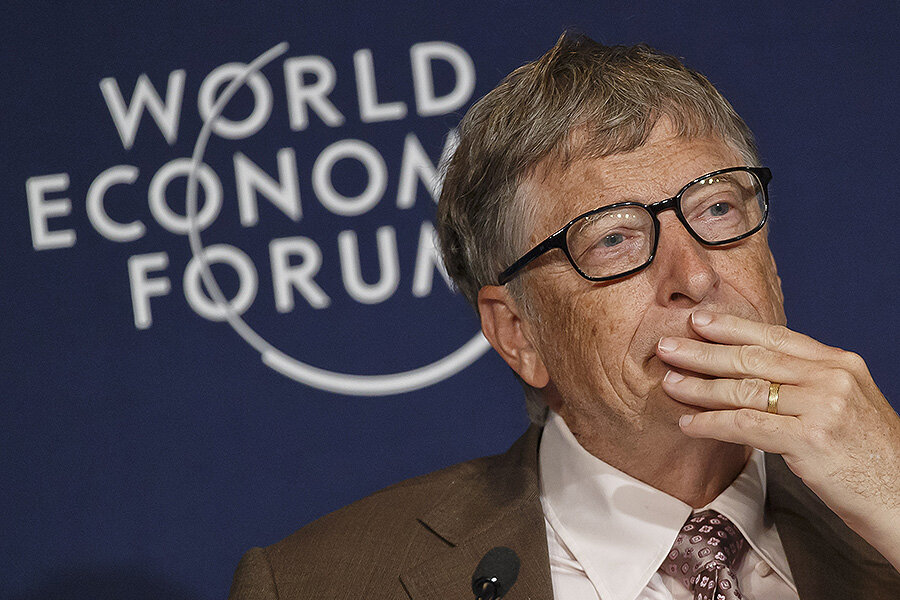The world is losing some billionaires, according to Forbes ranking
Loading...
Even billionaires aren’t immune to the whims of the global economy, as Forbes's 2016 list of the richest people in the world indicates.
The number of billionaires on earth fell for the first time since 2009, Forbes reports in its annual billionaires guide, released Tuesday.
Bill Gates tops the shrinking list of 1,810 billionaires for the third year (and for a majority of the last two decades), with a net worth of $75 billion, down $4.2 billion from 2015. He is followed by Amancio Ortega, owner of the Spanish retail chain Zara, and Warren Buffett, American businessman and investment guru.
Together, the world’s billionaires are worth about $6.48 trillion, $570 billion less than a year ago. But there are 16 fewer of the uber rich this year than the record high of 1,826 billionaires last year, and their average net worth is $3.6 billion, which is $300 million down from last year.
“The wealthiest people in the world got a little less rich over the last year,” Forbes notes in its report. “Some blame dropping oil prices, a few got caught up in corruption scandals and most fortunes were squeezed by falling currencies and a sluggish global economy,” it says.
The US tops the Forbes billionaires list with 540 of them (with 25 dropped off), followed by mainland China with 251 (42 dropped off), and Germany at No. 3 with 120 (5 dropped off).
The billions that have trickled out of the hands of the world’s richest people, unfortunately aren’t going to fill the gap between the world’s richest and poorest – that is still growing.
As the World Economic Forum points out, in developed and developing countries, the poorest half of the populations control less than 10 percent of their countries’ wealth. The scales have tipped dramatically towards the rich in the last three decades, especially in the United States.
“This is a universal challenge that the whole world must address,” reports Amina Mohammed, minister of environment for Nigeria and an a development planning adviser to the United Nations.
Deepening income inequality was the most urgent problem facing the world last year, said the World Economic Forum in its analysis, Outlook on the Global Agenda 2015.
As the world’s rich continue to accumulate wealth at record rates, the middle class is struggling. Today, the top 1% of the population receives a quarter of the income in the United States. Over the last twenty-five years, the average income of the top 0.1% has grown twenty times compared to that of the average citizen. Last year, this trend ranked second place in the Outlook; this year, it rises to the top.
There has been some progress in the world’s poorest countries over the last 15 years, says the World Bank, many of which saw income growth among the poorest 40 percent of people. Yet in half of the high-income countries, incomes of the bottom 40 percent declined during this time.









